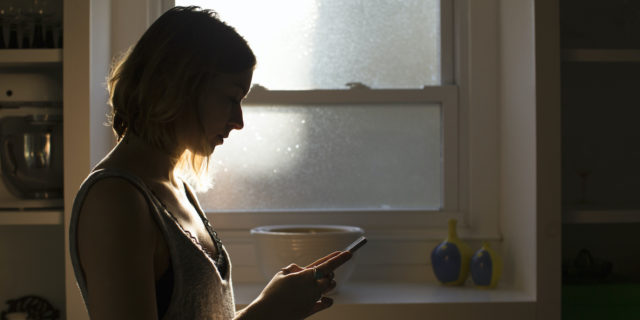Young Adult Books Featuring Genetic Disorders
Having genetic disorders can be isolating. So here are 4 young adult books about genetic disorders to tell you that you’re not alone:
1. “A Step Toward Falling” by Cammie McGovern
*This book may trigger individuals who experienced sexual abuse, violence, or assault. Please do not read if this triggers you!
Cammie McGovern follows up her breakout young adult debut, “Say What You Will”, with this powerful and unforgettable novel about learning from your mistakes, and learning to forgive. Emily has always been the kind of girl who tries to do the right thing—until one night when she does the worst thing possible. She sees Belinda, a classmate with developmental disabilities, being attacked. Inexplicably, she does nothing at all. Belinda, however, manages to save herself. When their high school finds out what happened, Emily and Lucas, a football player who was also there that night, are required to perform community service at a center for disabled people. Soon, Lucas and Emily begin to feel like maybe they're starting to make a real difference. Like they would be able to do the right thing if they could do that night all over again. But can they do anything that will actually help the one person they hurt the most?
2. “Just Breathe” by Cammie McGovern
David Sheinman is the popular president of his senior class, battling cystic fibrosis. Jamie Turner is a quiet sophomore, struggling with depression. The pair soon realizes that they can be their true selves with each other, and their unlikely friendship develops into something so much more. But neither Jamie nor David can bring themselves to reveal the secrets that weigh most heavily on their hearts—and their time for honesty may be running out.
3. “Five Feet Apart” by Rachael Lippincott
In this moving story two teens fall in love with just one minor complication—they can’t get within five feet of each other without risking their lives. Can you love someone you can never touch? Stella Grant likes to be in control—even though her totally out of control lungs have sent her in and out of the hospital most of her life. At this point, what Stella needs to control most is keeping herself away from anyone or anything that might pass along an infection and jeopardize the possibility of a lung transplant. Six feet apart. No exceptions. The only thing Will Newman wants to be in control of is getting out of this hospital. He couldn’t care less about his treatments, or a fancy new clinical drug trial. Soon, he’ll turn eighteen and then he’ll be able to unplug all these machines and actually go see the world, not just its hospitals. Will’s exactly what Stella needs to stay away from. If he so much as breathes on Stella she could lose her spot on the transplant list. Either one of them could die. The only way to stay alive is to stay apart. But suddenly six feet doesn’t feel like safety. It feels like punishment. What if they could steal back just a little bit of the space their broken lungs have stolen from them? Would five feet apart really be so dangerous if it stops their hearts from breaking too?
4. “Rules for 50/50 Chances” by Kate McGovern
A heartrending but ultimately uplifting debut novel about learning to accept life's uncertainties; a perfect fit for the current trend in contemporary realistic novels that confront issues about life, death, and love. Seventeen-year-old Rose Levenson has a decision to make: Does she want to know how she's going to die? Because when Rose turns eighteen, she can take the test that tells her if she carries the genetic mutation for Huntington's disease, the degenerative condition that is slowly killing her mother. With a fifty-fifty shot at inheriting her family's genetic curse, Rose is skeptical about pursuing anything that presumes she'll live to be a healthy adult—including her dream career in ballet and the possibility of falling in love. But when she meets a boy from a similarly flawed genetic pool and gets an audition for a dance scholarship across the country, Rose begins to question her carefully laid rules.
📚 I hope this list can help someone 🧬
#themightyreaders #DownSyndrome #CysticFibrosis #HuntingtonsDisease #SickleCellDisease












